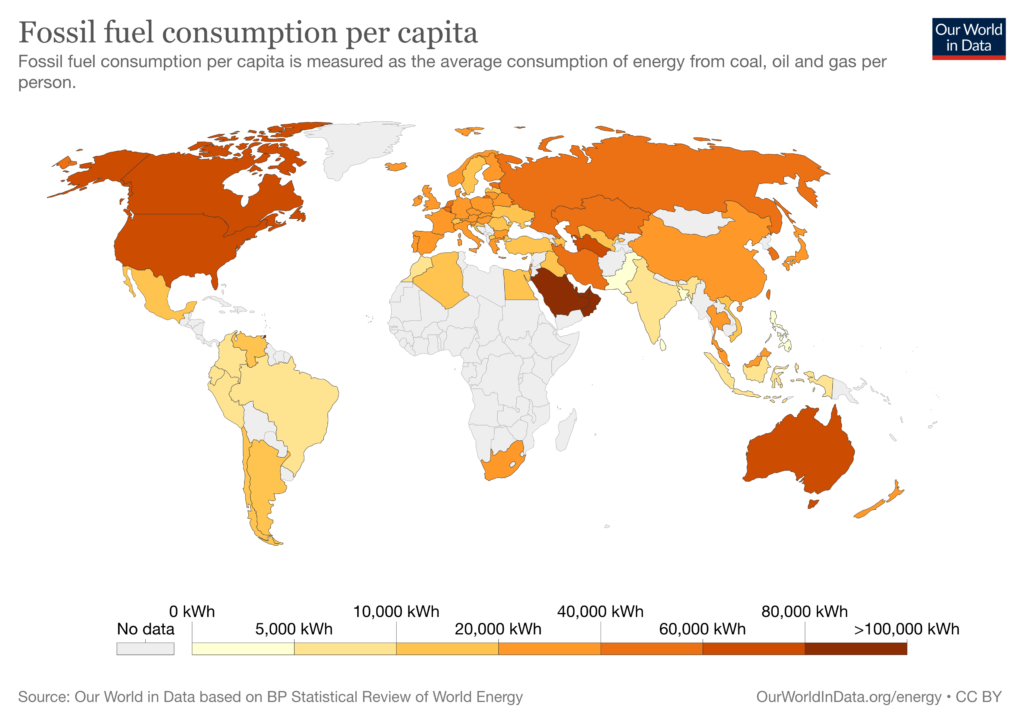
Deniz Yildiz
Questions answered by this expert
Thanks for asking this important question. In order to solve a problem, first, we must identify and define the problem.
Even though the science of global warming was discovered as far back as 1856, climate scientists only started to use the term ‘global warming’ in the 1980s. Global warming refers to the average global surface temperate increase caused by human emissions of greenhouse gases. Global warming is mainly understood as temperature rise, but it’s a bit more complicated than this. The warming leads to changes in weather patterns and air and water currents, which can mean that in a few places, colder weather is sometimes caused by global warming. The term confused some people, so scientists started to use a different term, ‘climate change’.
Climate change refers to the long-term change in the Earth’s climate. It is a more comprehensive term because it includes side effects of warming such as melting glaciers, heavier rain and storms, more frequent drought, frequent bushfires, changes in ocean circulations and ocean acidity. So climate change describes how weather patterns will be affected differently around the globe.
If you’d like to keep up with the latest news in climate science, scientists have started to use new terms:
Climate disruption, climate crisis and climate emergency are a few of these. The common feature of these terms is that the rising average global temperature has consequences (for example disruption) and requires urgent action. These terms may be more effective to get the message out because climate change action is urgent.
This is a very important question, thanks for raising this at a time when urgent action is needed by all countries. Human activity is the main cause of climate change. Burning fossil fuels is the main activity that causes climate change, and changing land from forests to agriculture has also significantly increased the concentration of greenhouse gases in Earth’s atmosphere, leading to climate change.
To find out which country is the biggest polluter, we will look first at where the fossil fuels that create Carbon dioxide (CO2) pollution are coming from.

This map changes the area of each country to show how much fossil fuels it produces. The biggest producer of fossil fuels is the United States of America. Australia is also in the top 10 fossil fuel producing nations, at number 8. Many countries sell a lot of their fuel to other countries, as well as consuming it themselves. The fossil fuel industry is only made possible because people are buying and using these fuels, so we also need to ask who uses the most fossil fuels.
Climate scientists measure the level of carbon dioxide (CO2) emitted by a country and divide it by the population of that particular country. The result gives us carbon emission per person. This is a fair way to see which countries use most fossil fuels. Based on the recent United Nation’s Intergovernmental Panel on Climate Change (IPCC) report, the most polluting country per person (per capita) is Qatar (located in the Middle East). The reason for this is that Qatar is a major producer of natural gas, oil and oil products, and sells these to countries across the world. Other neighbouring countries, Saudi Arabia and Oman are also among the biggest polluters.

Thanks for asking about Tasmania’s contribution to climate change!
To assess states’ or countries’ contribution to the gases that create climate change, climate scientists try to measure how much greenhouse gas is release into the atmosphere because of human activities. Trapped greenhouse gases cause warming of the atmosphere and the surface of the Earth.
Most carbon emissions come from burning fossil fuels or wood for transport, heating our homes, and industrial processes. Methane is emitted by agriculture and waste. The other category is land-related emissions. Land-related emissions simply mean the stored carbon lost through forestry activities such as logging and land clearing for agriculture.
Tasmania is unusual in Australia because we generate 100% renewable electricity from hydropower and wind turbines. If we look at Tasmania’s emissions, agriculture made the biggest contribution of 2.4 megatonnes of greenhouse gases in 2019 (that’s the weight of 400,000 elephants), followed by transport, at 1.8 megatonnes, and burning fuels for industrial operations, together with household heating and cooking, at 1.75 megatonnes..
The good news is that despite all the emissions that have been released by human activities, Tasmanian forests neutralize all these emissions! Trees breathe in carbon dioxide and turn it into carbon and oxygen. The latest data (2019) tells us Tasmania is currently removing more carbon dioxide from the atmosphere than it is producing.

But that’s not the whole story – the reporting doesn’t count the emissions from forest that burns in bushfires. As the climate heats up, bushfires are more likely to happen, so we need to make sure we use healthy fire and forestry techniques to prevent out-of-control fires that could be a major cause of greenhouse gas emissions. Let’s give a big shout out to Tasmanian forests and make sure we protect them!!









